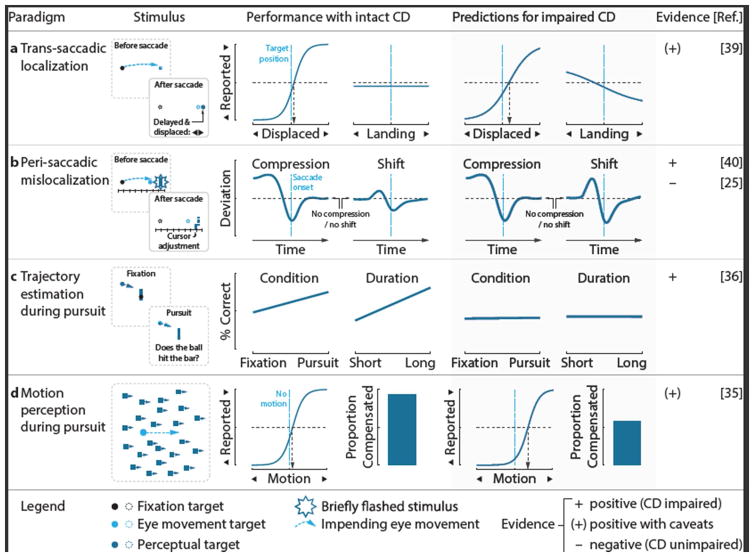Figure 3. Oculomotor paradigms used to study the role of CD signals in perception.
a Trans-saccadic localization. Observers judge the displacement of the saccade target, blanked upon saccade landing before reappearing displaced in one of two directions. In healthy observers, displacement reports do not depend on saccade landing site, as CD signals inform this judgment (predicted target location is the difference between the initial target distance and the amplitude of the executed saccade). If CD is disturbed, the saccadic landing site can be used as a proxy (e.g., the target is to the right of where I am looking); the displacement report thus depends on landing site. b Peri-saccadic mislocalization. Observers perceive stimuli flashed briefly before saccades to be shifted in the direction of the saccades and closer to the saccade target. Impairment of CD is theorized to cause increased shifts. c Trajectory estimation. Pursuit of the ball facilitates performance in the collision judgment task suggesting a role of CD in the task. d Motion perception. During pursuit, retinal motion of the background should be cancelled by CD signals.

